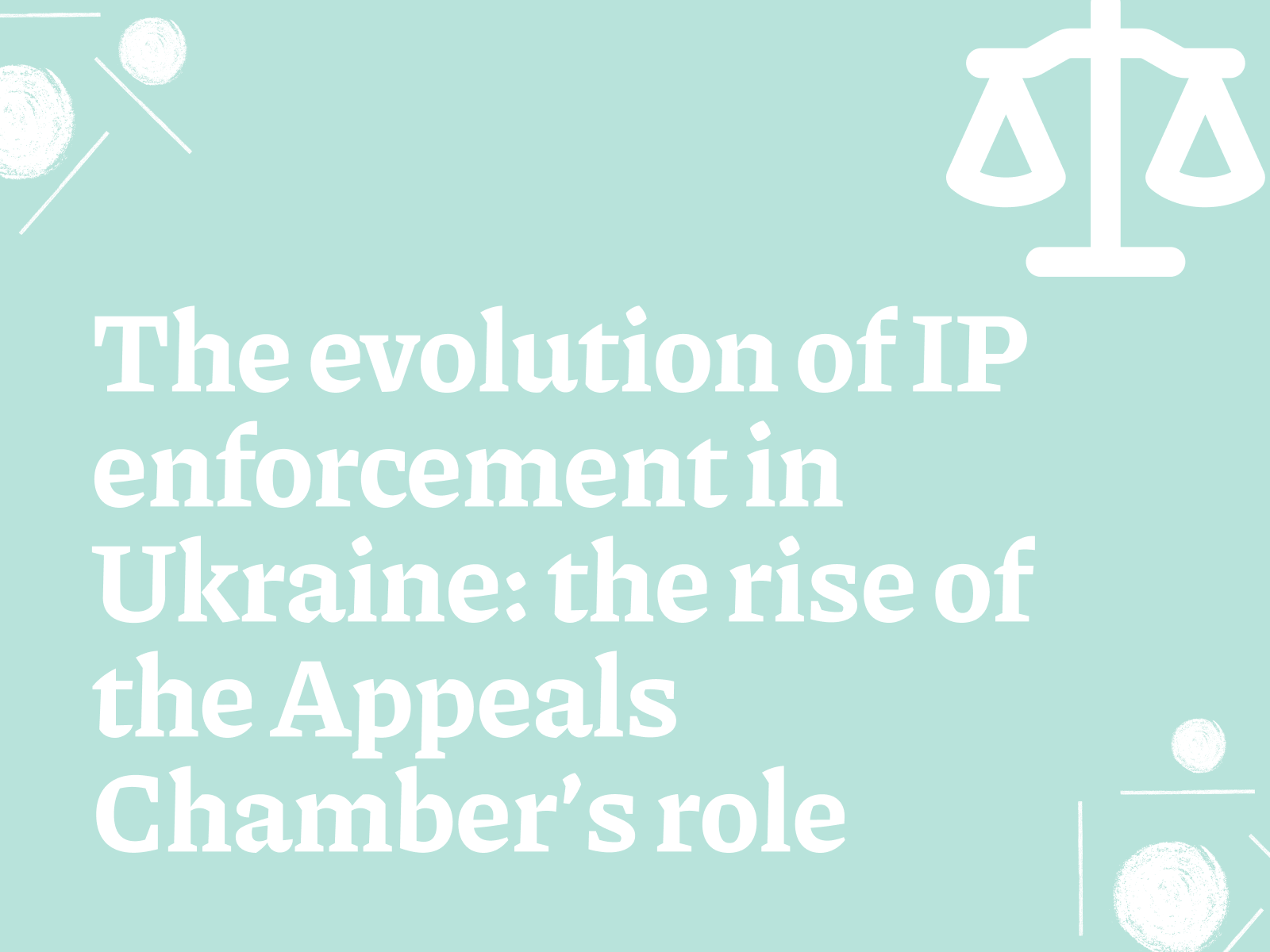In the business world, where brand uniqueness plays a key role in a company’s success, checking a trademark before it is registered is an essential step for any entrepreneur. A Trademark Search not only helps to avoid potential conflicts with already registered marks, but also ensures that your unique mark will be successfully protected at the legislative level. This procedure allows you to pre-assess risks and avoid possible legal disputes that may arise after filing for registration.
How to avoid problems at the start?
In today’s world, when competition is breaking all records, brand uniqueness and protection are becoming the cornerstones of business strategy. Choosing and registering a trademark is an investment in the future of your company, a guarantee of its recognition and legal protection.
What should you look for when choosing a name and logo?
- Uniqueness: the name and image should be unique, easy to remember, not similar to existing brands. Instead of the banal “Kava” for a coffee shop, come up with an original name that reflects the atmosphere or features of your establishment, for example, “Fragrant Arabica”, “Coffee Manufactory”, “Cup of Comfort”.
- Simplicity: A name that is easy to remember and pronounce, a concise image is the key to brand recognition. Complicated names and logos with small details can be difficult to perceive and remember.
- Legal clarity: Before using a name or image, check its legal clarity to avoid copyright issues. Example: using someone else’s trademark can lead to fines and lawsuits.
General recommendations
- Careful check: don’t rush to make a choice. Make sure that the name and image are not used by other companies.
- Consult a lawyer: an intellectual property specialist will help you choose a name and image, conduct verification and register a trademark.
- Use online services: There are services that will help you choose a name, check it for uniqueness and register a trademark.
- Be creative: come up with a name and image that will stand out from the competition.
Choosing and registering a trade mark is an important step in protecting your business and creating a recognisable brand. A competent approach to this issue will help you avoid problems in the future and create a successful brand.
Why is it important to check the brand name?
When you’ve decided on a name and logo, you should check the trademark.
A trademark search is an initial step that prevents future conflicts with existing trademarks. It allows you to identify similar or identical trademarks registered in the desired category of goods or services. This step is necessary in order to avoid not only legal claims related to trademark infringement, but also potential loss of reputation and financial costs of rebranding.
Neglecting the stage of trademark verification can lead to serious consequences, including legal disputes and the need to completely abandon the brand that is already being promoted. Such situations not only damage the company’s finances, but also undermine the trust of consumers and partners. Registration without prior verification is like sailing in the open sea without a compass – the risks of encountering unexpected obstacles increase significantly.
After successfully passing the verification stage, the rights to the trademark are registered through the trademark registration process. This gives you exclusive rights to use the mark in your commercial activities and protects you from attempts to use it illegally by competitors. Thus, registration is a fundamental step in creating and protecting the value of your brand in the market.
How does the trademark verification process work?
The process of verifying a trademark is a key step on the way to its successful registration. It requires careful analysis and may involve several steps, each of which contributes to a deeper understanding of potential risks and benefits.
This is how the process usually works:
- Preview search:
- Researching databases for existing and claimed trademarks.
- Identify brands that may be identical or confusingly similar to yours.
- Analysis of search results:
- Assessment of identified similar trademarks for possible conflict.
- Deciding whether to register in light of the data found.
- Consultation with an expert:
- Discuss the search results with a lawyer specialising in intellectual property.
- Obtaining recommendations on the registration strategy and possible changes to the mark to minimise the risk of rejection.
Various resources are used to conduct an effective trademark search:
- Official databases of national and international organisations: allow you to check registered trademarks and applications for registration in different jurisdictions. A striking example is the UKRNOVI database: https://sis.nipo.gov.ua/uk/search/simple/
- Specialised search engines and software: provide a deeper and more accurate search for similar marks and names. For example, Markify: https://www.markify.com/ The process of verifying a trademark requires not only time and attention to detail, but also professional knowledge in the field of intellectual property. Therefore, having legal support at this stage can be a decisive factor in the successful registration of your trademark. Professionals will help you not only to interpret the search results correctly, but also to develop a strategy of action, taking into account all potential legal difficulties.
Conclusions
In the process of creating and developing a brand, trademark verification, registration and protection are critical steps that ensure the uniqueness and legal protection of your business. A thorough trademark search and subsequent trademark registration not only helps to avoid potential legal disputes, but also guarantees exclusive rights to use the brand for commercial purposes. Patenting a brand and providing it with comprehensive legal support means laying a solid foundation for the long-term success and development of your business.
How can I check the availability of the chosen trademark before registering it?
Before registering, you should conduct a preliminary search for your trademark to identify all the risks.
A preliminary search involves checking your name for similarity to existing trademarks filed for registration or registered. This search is carried out using the open databases of the national registration authority.
In addition, as part of the check, it is recommended that you familiarise yourself with web pages in open sources that have a similar/identical name to your trademark.
The preliminary search also includes an analysis of your trademark for compliance with other conditions of legal protection;
What are the risks associated with an unregistered trademark?
If you have not registered your trademark, you can use your brand without registration. However, there may be some problems with this:
First, you will not be able to effectively counteract others who copy your brand. The only way to deal with such cases is to use the law on unfair competition.
Second, you may potentially infringe the rights of others who have a similar or identical registered brand. In this case, these parties may prohibit you from using your branding and you will have to change it.
What aspects can be missed when checking a trademark on your own?
You may miss the following points during an independent audit:
- You may mistakenly perceive a trademark as not being similar to yours. However, the practice of the registration authority will treat it as confusingly similar.
- You may miss various web resources and physical establishments or institutions that use your name, and an expert will be able to find them online and contrast them with you.
- When checking a trade mark, you should bear in mind that your trade mark must also comply with other legal requirements. Therefore, an independent review often does not take into account the analysis of a trademark in terms of descriptiveness, deceptiveness and low distinctiveness.
What should I do if the results of the check show that the chosen trademark is already registered?
If your trademark is confusingly similar to a trademark already filed for registration or a registered trademark, the following actions are possible (depending on the degree of similarity):
- Add additional distinctive verbal or pictorial elements to your trademark that would distinguish your trademark from an existing one.
- Narrow down and specify the items of your class of goods or services as much as possible so that they do not overlap with the items of an existing brand.
- Consider obtaining consent from the owner of another trademark if your actual activities differ.
- If the trademarks are identical and the actual activities are completely the same, consider rebranding;
What are the consequences if my trademark infringes someone else's rights?
If your trademark infringes someone else’s rights, then:
- The owner of a registered trademark may contact you and prohibit you from using such trademark.
- Persons whose rights have been violated may file objections to your registration application with the registration authority.
- In addition, such persons may apply to the antimonopoly committee or the courts to protect their rights. Such authorities may enforce a ban on your use of your trademark, as well as impose fines for infringement of the rights of others.






